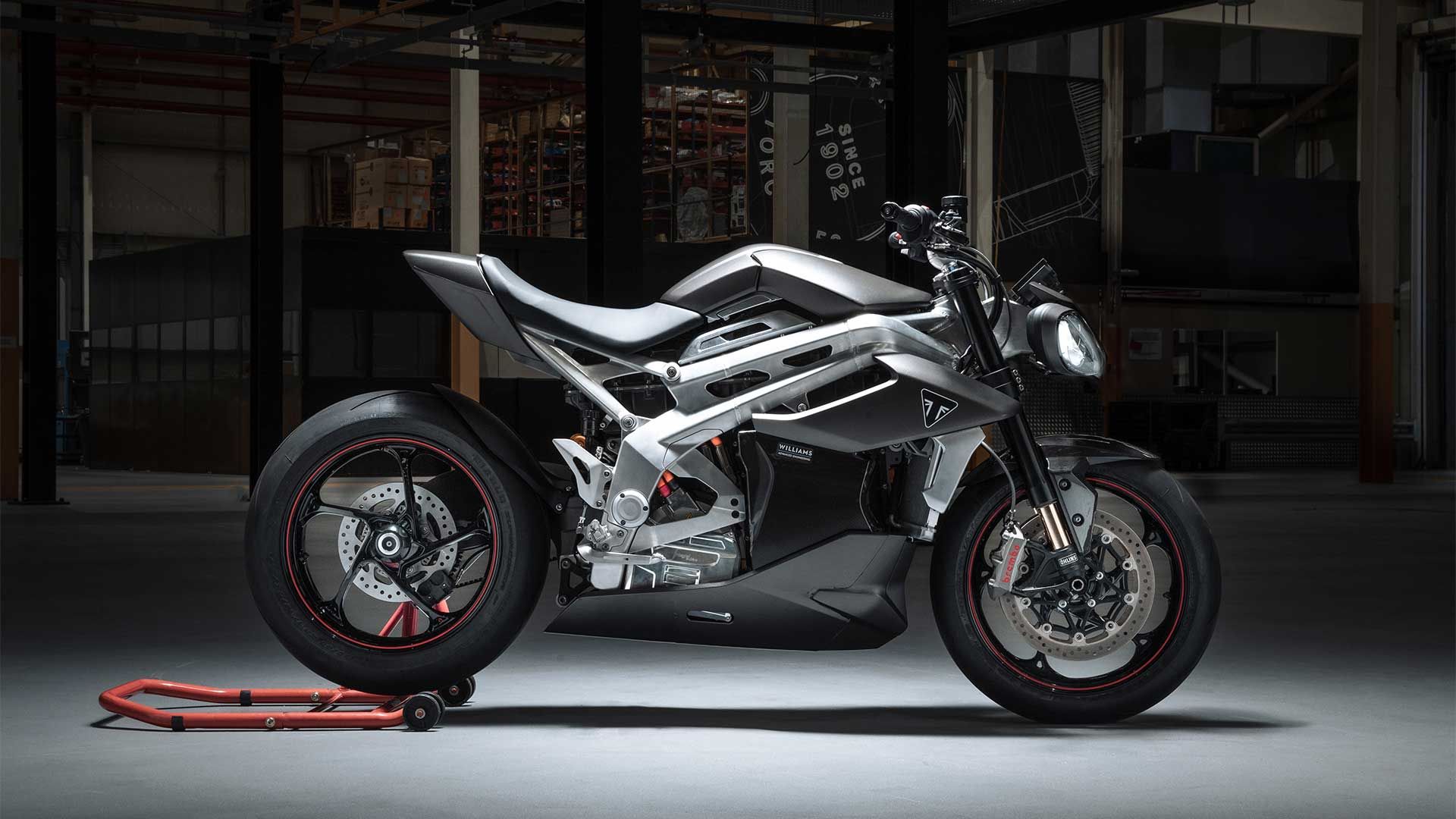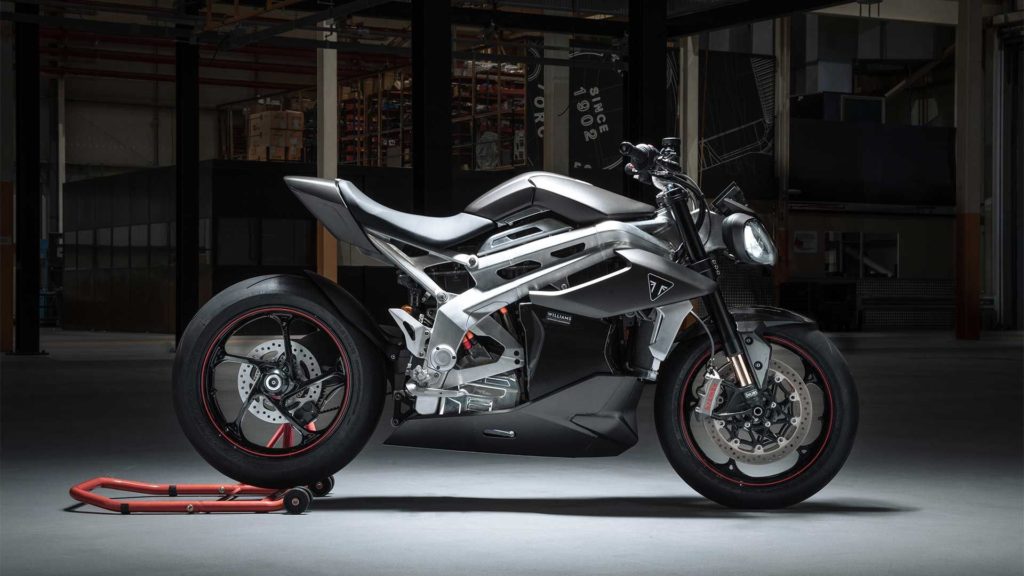
It looks like a beefed-up Speed Triple, but it is in fact phase three of Triumph’s TE-1 electric project and it could well be the biggest leap forward in e-motorcycles to date. Tesla is booming, hybrids are just the norm now and other manufacturers are producing some brilliant products in the four-wheel space. But it has all been very stop-start for those of us waiting for a DC two-wheeled wonder. So, Triumph has played the long game and taken their time to get each step right, and the TE-1 ticks a lot of boxes, deliberately targeting areas where others have simply failed. Having partnered with the global leaders in their field, we take a look at the bike Triumph hopes is the one that puts Britain back on top.
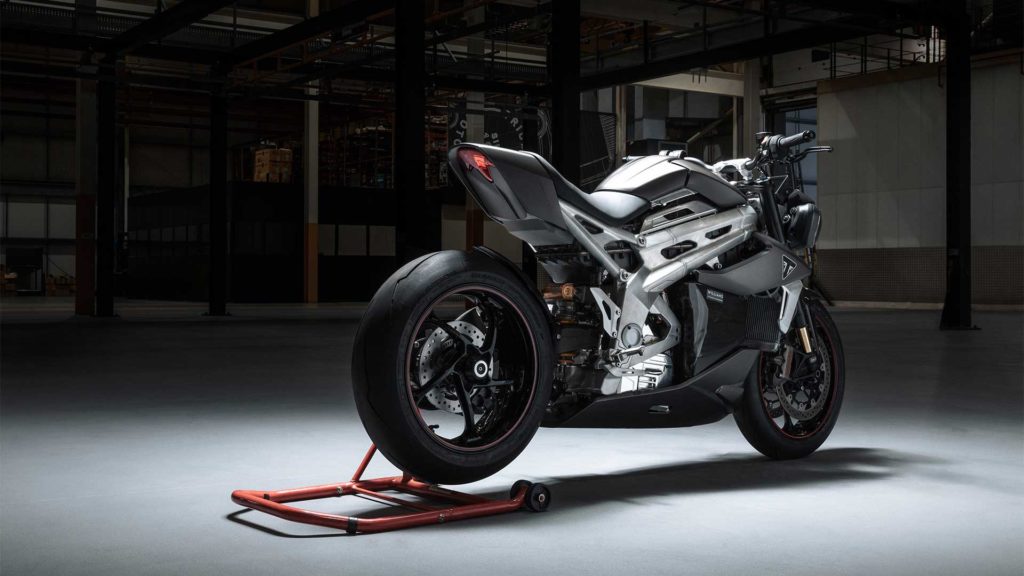
Before we dive into just why many believe the TE-1 will go down in history as the motorcycle that changed the course of e-bikes, first it’s important to know the back story. This isn’t just the work of the Hinckley factory, as impressive as they are, no this has been a combined effort over the first three phases of development with the help of industry leaders. Those being Williams Advanced Engineering of F1 fame and the biggest supplier to the FIA electric racing categories. Integral Powertrain, a world leader in the development and construction of electric motors and WMG at the University of Warwick, a global leader in electrical engineering, and verification and validation.
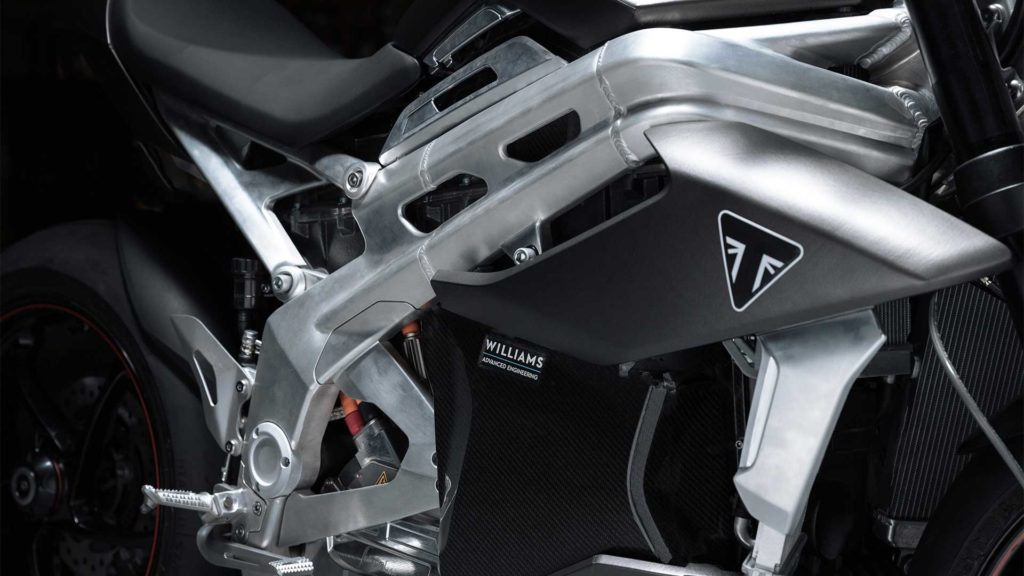
To break it down more simply, Triumph has led the project and focussed on the chassis and the supporting components, Williams has been in charge of developing the battery tech, Integral have built the motor and WMG have been there to problem solve, test, simulate and iron out any kinks. The results are pretty spectacular and we can dive into the numbers. The finished bike will weigh 220kg ready for the road, which positions it roughly halfway between the current 1200cc Triumph Speed Triple and a BMW GS1250, so not light but certainly not hugely heavy either.
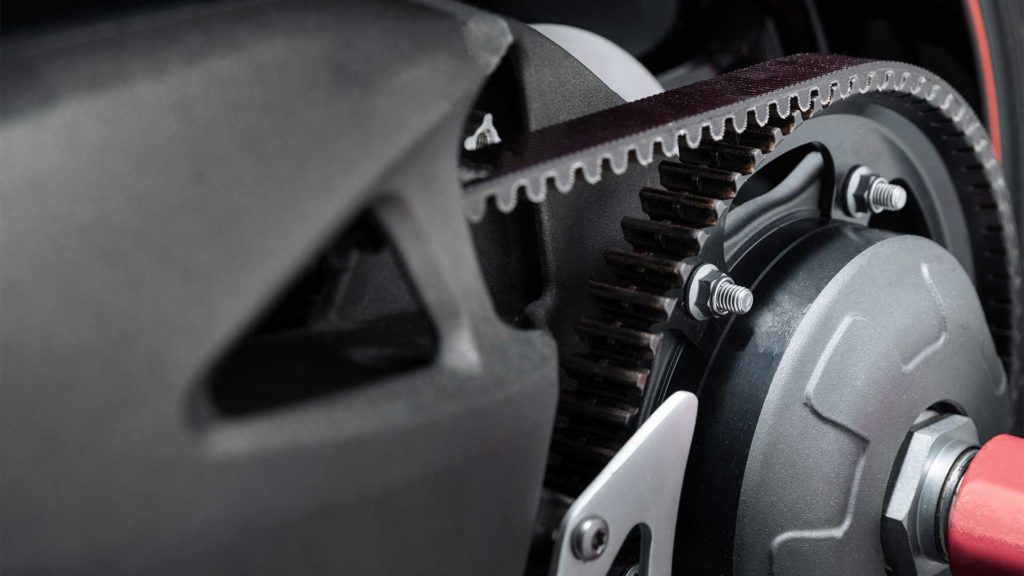
Helping to make this possible is the incredible motor that IP has developed, weighing just 10kg and only an additional 5kg for the controllers and wiring. For now, power is set at 130kw, right in the ballpark with other modern super naked’s of the gasoline variety, but it can get much wilder if it wants to! “The inverter concept, which is also scalable by tuning the number of silicon-carbide power stages for different diameter motors, has really delivered on performance,” says Andrew Cross, Chief Technical Officer at Integral Powertrain. “The TE-1 unit is capable of over 670bhp.”
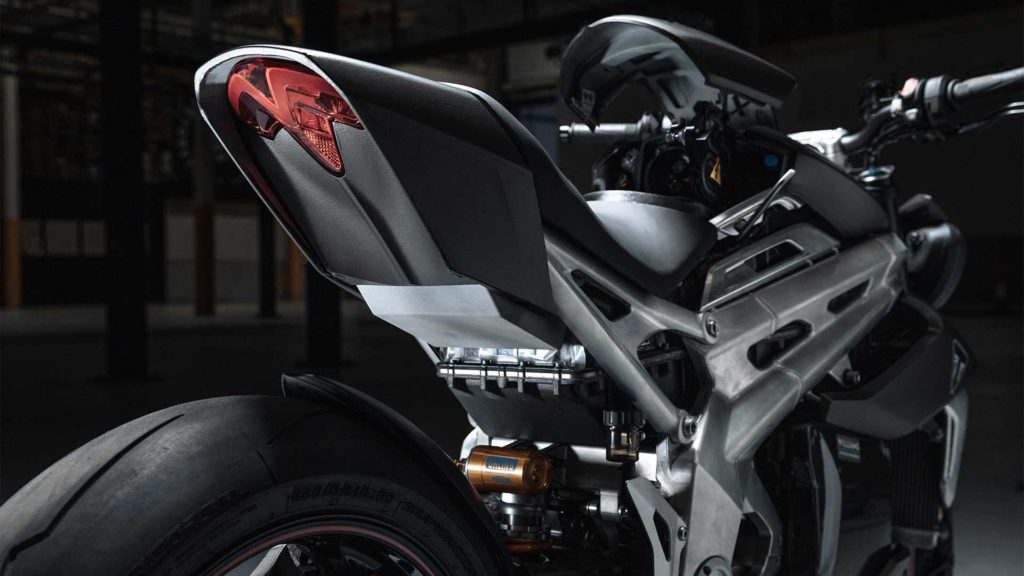
Ok, so nearly 700bhp is clearly lethal, but it shows the incredible potential that has been unlocked by this project. In the real world, the motor delivers a full 109nm of torque, so punching off the corners is going to be ridiculous, let alone the traffic light GP. As for top-end power, it simply plateaus and keeps delivering to 18,000rpm, rather than in a petrol engine where peak power falls away before the redline. All of which makes the HD Livewire’s 78kw motor seem, well, tame… and that’s the point. Speaking of the HD, it’s a good bike to compare when it comes to some other vital numbers.
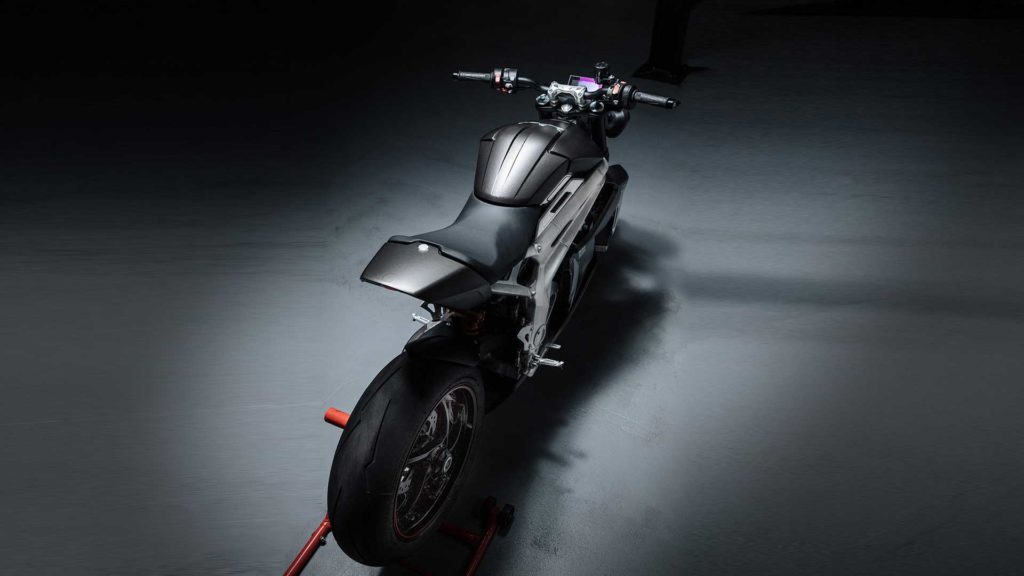
The Livewire takes around 40 minutes to charge from 20% battery life back up to a healthy 80%. WMG testing has verified the work of the Williams team and proven their claims of 0-80% charge in just 20 minutes. So, while it’s not as fast as filling up with petrol at the local service station, it’s getting a hell of a lot closer. But you can’t refuel your gas bike at home like you can with an EV and this is a key factor. The range is similar to the Livewire, 120 miles and again, this is after significant testing by all parties involved, and not just a claim.
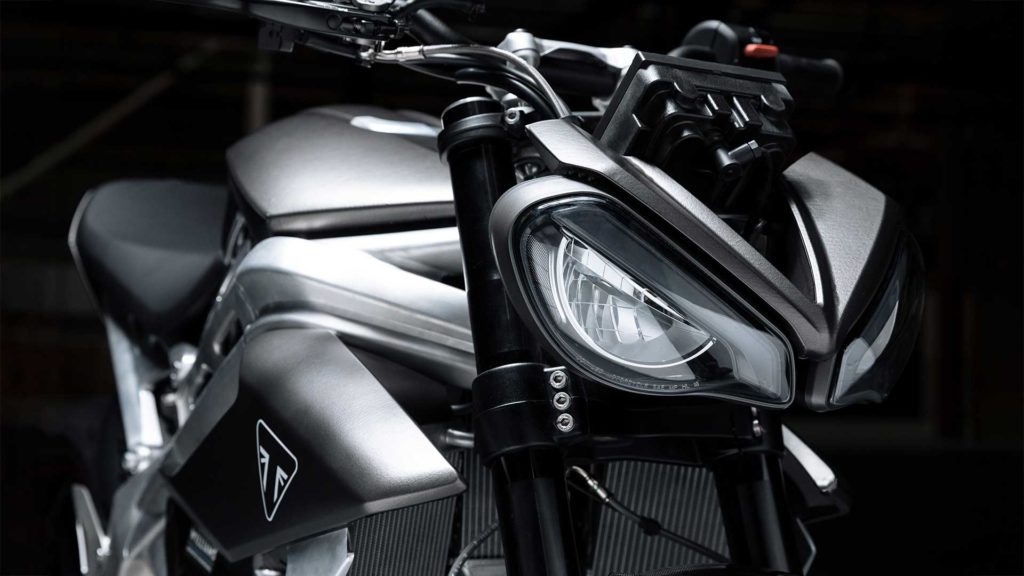
But the truth is, all of these facts and figures will have to be proven in the real world by we the riding public; Which is what is happening as we speak. Phase four is now all on Triumph, the other three partners’ work is complete and they stand by their claims. Triumph now has to make it a road-ready bike, so track days, dyno days, and environmental testing are all set to commence. Here, however, Triumph has been on the ball from day dot. The TE-1 looks like a proper motorcycle, not some futuristic display piece. The ergonomics have been designed to match what riders are already used to.
One of Williams’ jobs was to ensure the battery gave a centre of gravity just like a modern motorcycle, not a top-heavy electric bike. Other partners include Brembo for the braking and Ohlins for the suspension, these are the best in the business and with their powers combined, well, Captain Planet eat your heart out! And so you’re probably thinking that pricing is going to be ridiculous. The exact answer to which, we just don’t know. But Triumph has confirmed they are very aware that consumers will not pay Livewire money, which in Australia is $49,990, cheaper stateside. Triumph has also stated the bike will not come to market until they can produce it at a competitive price. It’s 3/4 time for the TE-1, they’re leading by a fair margin, can they hold on and deliver a huge victory or will it be another bust, stay tuned, but I for one have my chips all in on Hinckley.

